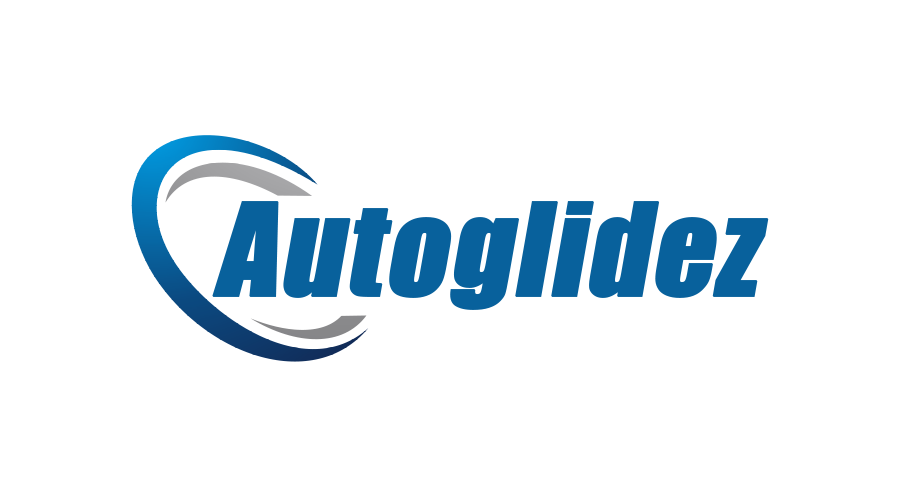Cash flow is the lifeblood of any small business. Ensuring a positive cash flow is essential for maintaining day-to-day operations, funding growth, and avoiding financial pitfalls. This article will guide you through the process of creating a small business cash flow estimate, covering the essentials and offering tips for accuracy and efficiency.
Understanding Cash Flow
What is Cash Flow? Cash flow refers to the movement of money into and out of your business over a specific period. It includes all revenues (cash inflows) and expenses (cash outflows). A positive cash flow indicates that your business is generating more money than it is spending, while a negative cash flow suggests the opposite.
Why is Cash Flow Important? Maintaining a positive cash flow is crucial for several reasons:
- Ensures you can cover day-to-day expenses.
- Provides a cushion for unexpected costs.
- Supports business growth and investment opportunities.
- Enhances your business’s financial health and attractiveness to investors and lenders.
Components of Cash Flow
Cash Inflows Cash inflows are the money your business receives. These can come from:
- Sales of goods or services.
- Loans or investments.
- Asset sales.
- Other income sources such as grants or tax refunds.
Cash Outflows Cash outflows are the money your business spends. Key outflows include:
- Operating expenses (rent, utilities, salaries, etc.).
- Cost of goods sold (raw materials, inventory, etc.).
- Loan repayments.
- Capital expenditures (purchase of equipment, property, etc.).
- Taxes and other regulatory fees.
Steps to Create a Cash Flow Estimate
- Forecast Sales and Revenue Begin by estimating your future sales. Use historical data, market research, and industry trends to make realistic projections. Consider seasonality and economic conditions that might impact sales.
- Estimate Cash Inflows Based on your sales forecast, estimate when you will receive cash payments. Factor in the payment terms you offer customers (e.g., 30 days, 60 days) and any potential delays in payment.
- Project Cash Outflows List all anticipated expenses, including fixed and variable costs. Fixed costs are consistent expenses such as rent and salaries, while variable costs fluctuate with your business activity, such as raw materials and shipping.
- Create a Cash Flow Statement Compile your cash inflows and outflows into a cash flow statement. This document will provide a month-by-month projection of your cash position. It typically includes three sections:
- Operating Activities: Day-to-day revenue and expenses.
- Investing Activities: Purchases or sales of assets.
- Financing Activities: Loans, investments, and equity transactions.
- Analyze and Adjust Regularly review and update your cash flow estimate. Compare your projections to actual results, identify variances, and adjust your forecasts accordingly. This practice will help you stay on top of your cash flow and make informed decisions.
Tips for Accurate Cash Flow Estimation
Be Realistic Avoid overly optimistic revenue projections. Use conservative estimates to ensure you are prepared for worst-case scenarios.
Monitor Receivables Stay on top of accounts receivable. Implement effective invoicing and follow-up processes to ensure timely payments from customers.
Control Expenses Keep a close watch on your expenses. Identify areas where you can cut costs without compromising your operations or product quality.
Plan for Contingencies Include a contingency plan in your cash flow estimate. Set aside a portion of your cash inflows as a buffer for unexpected expenses or revenue shortfalls.
Leverage Technology Utilize accounting software and cash flow management tools to automate and streamline your cash flow estimation process. These tools can provide real-time insights and help you stay organized.
Conclusion
Creating an accurate cash flow estimate is essential for small business success. By understanding the components of cash flow, following a structured approach to estimation, and regularly reviewing and adjusting your projections, you can ensure your business remains financially healthy and resilient. Proper cash flow management not only helps you navigate day-to-day challenges but also positions your business for long-term growth and sustainability.
Effective cash flow estimation is a skill that can be developed with practice and diligence. Start today by gathering your financial data, making informed projections, and implementing the strategies outlined in this guide. With a solid cash flow estimate, you’ll have the confidence and clarity to steer your small business towards a prosperous future.

